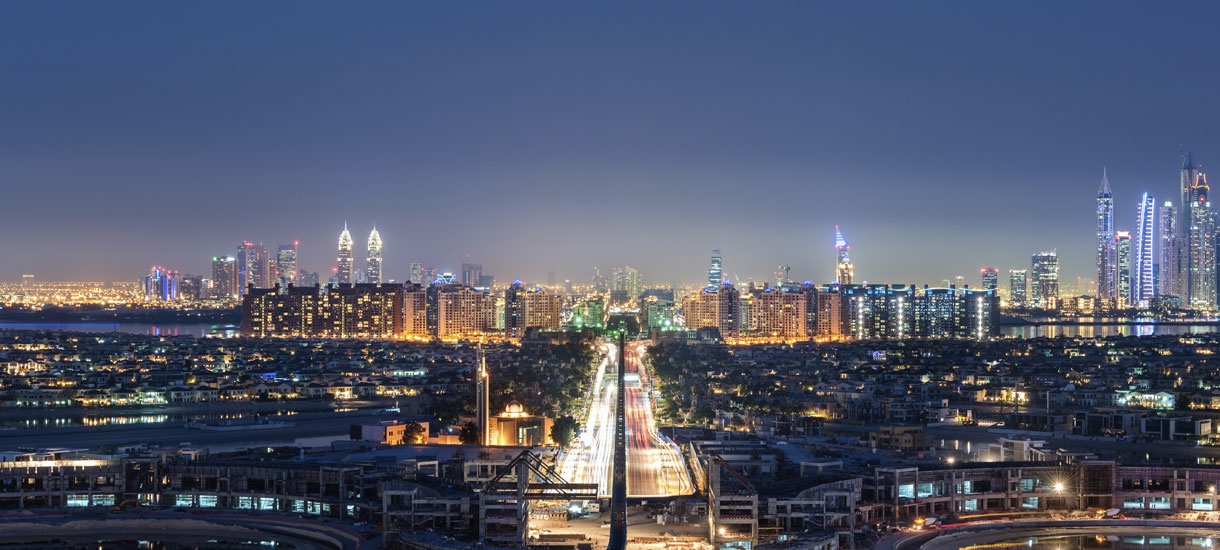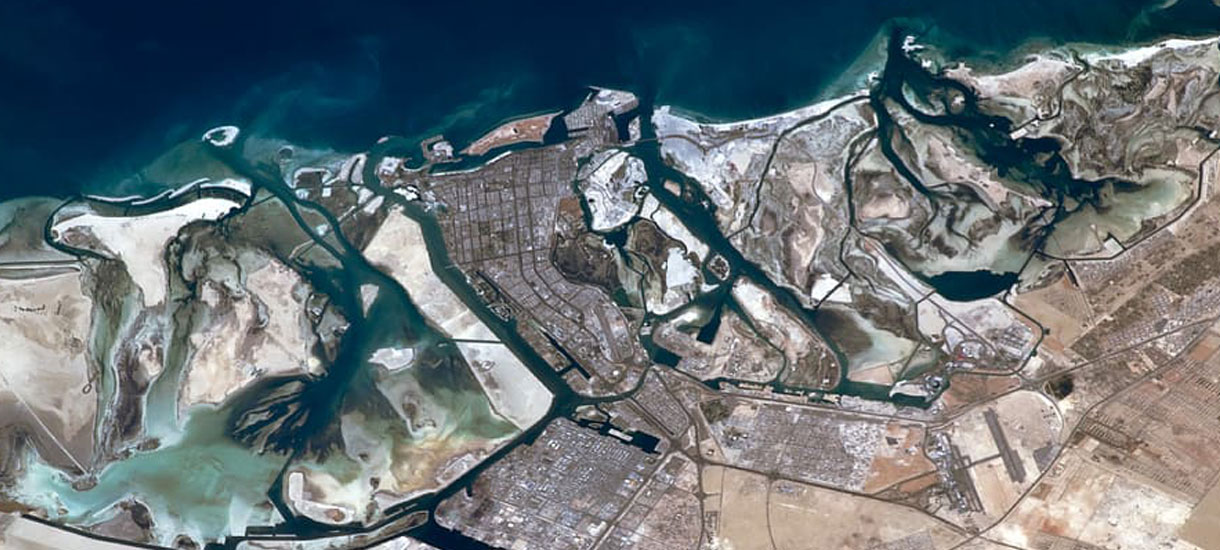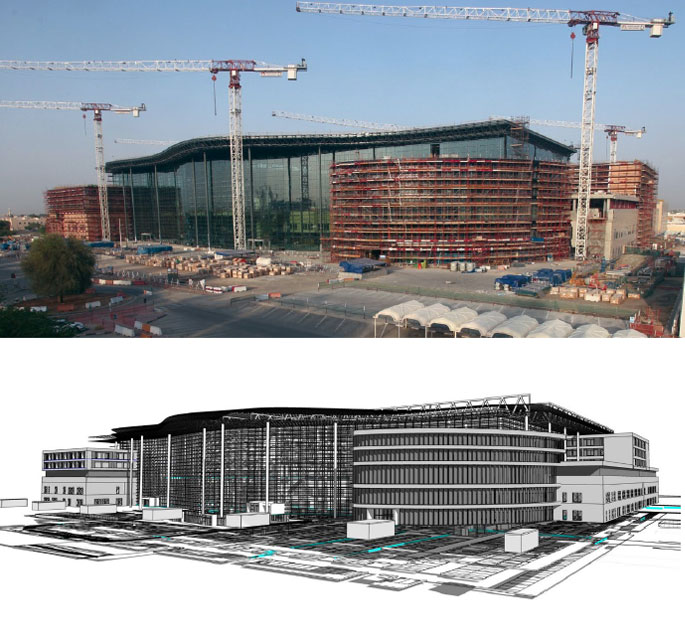Middle East: A booming market with a solid future
October 03, 2023
After embarking on a journey to explore construction's promising horizons, CEO Martin Amengual shares insights on Middle East development, architect and developer challenges, and evolving solutions. Join to uncover region updates in four answers.
What is your outlook for development in the Middle East, and what factors contribute to this?
Everybody agrees that the Middle East will continue to develop. They have built new destinations where there was nothing before. That will not only mature into a business where developers will end up having thin numbers and understanding how to improve their performance but also will promote other different businesses.
It's not a place, not one destination. It's the whole region that Saudi Arabia is developing now, trying to catch up with Dubai and Qatar. So, there are solid perspectives, like three to five, maybe up to eight years of continuous growth driven by resources, determination, and long-term vision.

What are this region's particularities regarding market insight and industry and design trends?
Two very different types of projects are going on commercial developments in the more mature markets where the numbers rule, and they must meet their performance. On the one hand, there are projects where the developers do a very refined analysis and know precisely how the numbers must work and make them work. On the other side, there are more sophisticated markets where developers are trying to develop a region or a specific location, and governments are pouring money in with a long-term vision that is hard to understand from a commercial perspective.
Again, one clear thing is that this region's rulers do indeed focus on a sustainable growth vision. The industry's decision-makers probably see fifty or a hundred years ahead.
Thus, changing or deviating a little from the plan for a year or five is not a complication; it is just one more step on a longer road, leading to an ambitious goal.

What are the challenges architects and developers are facing?
As the region embarks on a promising development journey, it is thrilling to witness concepts materialize into real construction projects. This pivotal moment calls for a seamless transition from design work to project development and delivery.
Embracing BIM as a project delivery technology, while exciting, also brings many challenges. The pressure isn't only about mastering the technology but also how it influences decision-making throughout the design and project delivery phases.

Decision-making lies at the heart of effective project delivery because a turning point is reached when decisions are made during design, not during construction. That is precisely where innovation in the industry can occur. Having seen everything from the good old CAD drawings all the way through the very first parametric software that allowed us to do a 3D technical model of a building with many limitations to what you can see today with the use of technology, it feels that we are designing rocket ships, not buildings. And we must be prepared.
What might be some solutions to address these challenges?
The ability to deliver better quality, faster, leaner, with fewer coordination issues, using every technology possible, is something that every AEC company needs. Therefore, it is essential to understand the value of technology and a well-trained team to handle it to reduce coordination issues, avoid construction delays, and minimize change orders and RFIs that are very time-consuming and stressful for the entire team.

We help our clients see this big picture and advance many of these critical decisions, bringing forward the needed solutions earlier, especially in coordination.